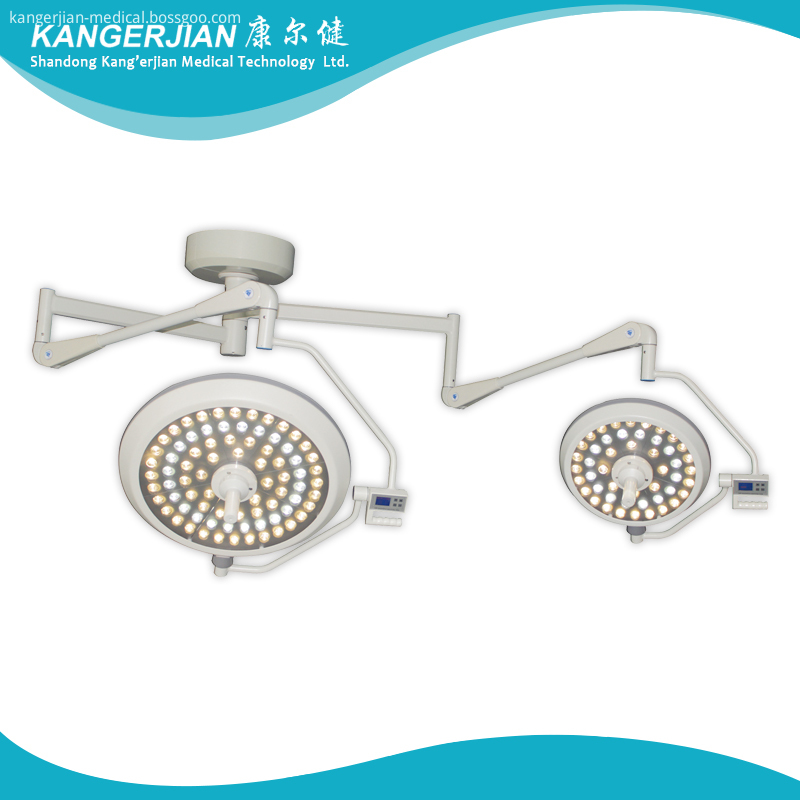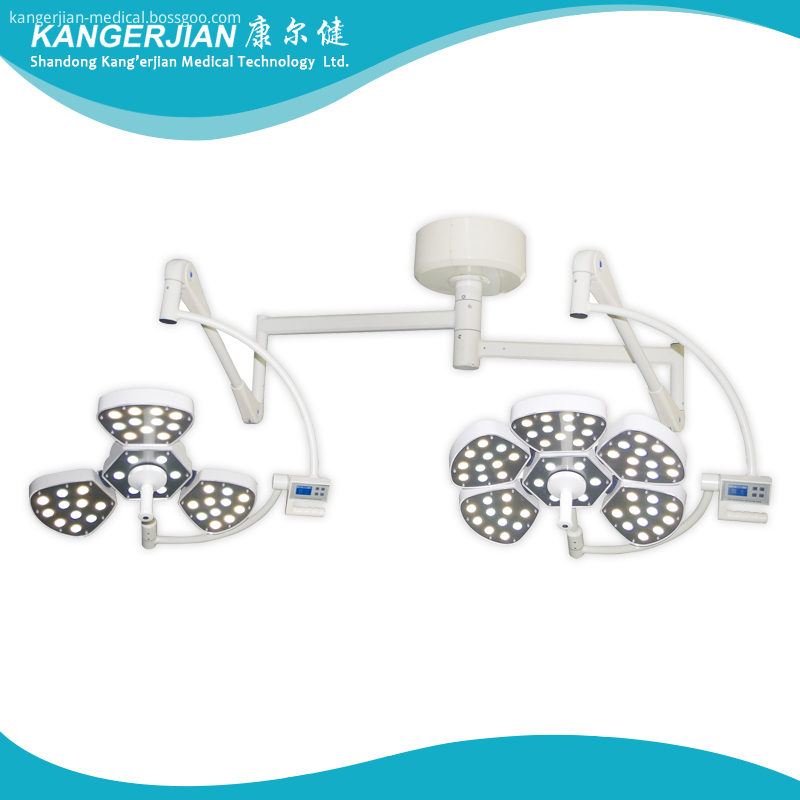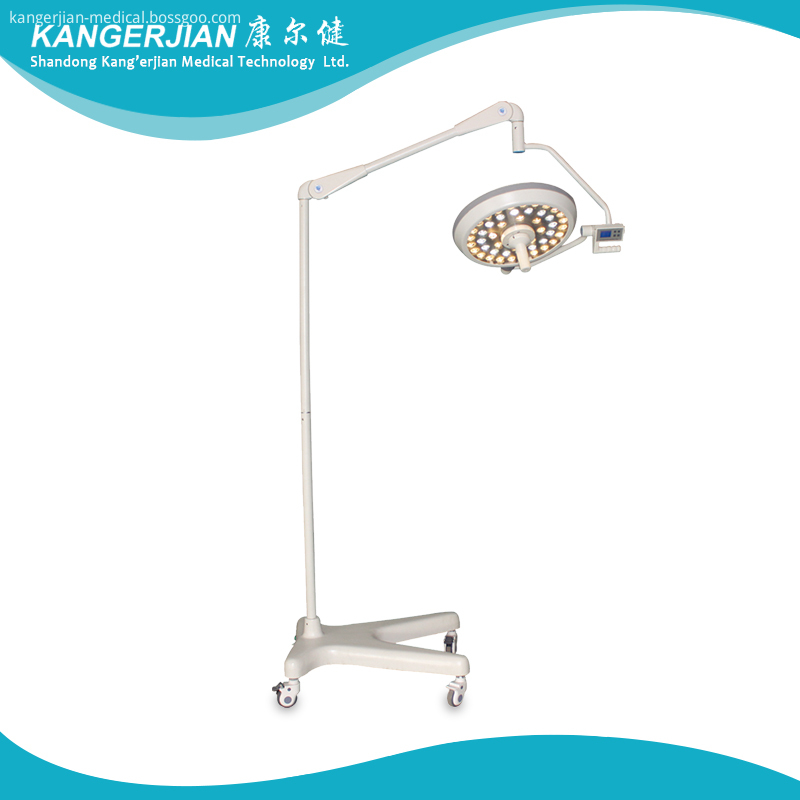1. Adjust to local conditions as early as chemical regulation. The “chemical control†should not be delayed as soon as possible, and it generally needs to start from the bud period; the early flowering period and the full flowering period are the key periods for chemical control. After the water-fat fine cotton fields are topping, the axillary buds are prone to clustering and the fruit branches are long and upward, causing the cotton fields to be covered and the rotten bells to be caused. After 6-8 days of cotton topping, the growing cotton fields still need to be controlled. For every 667 square meters (1 mu), use 8 to 14 millilitres of methimine or 2 to 3.5 grams of diaminos, dilute 40 to 50 kilograms of water and cover the top of the plant once: After 10 days of spraying, there is still a prolonged appearance. For every 667 square meters, use 6 to 8 milliliters of booster prime or 1.5 to 2 grams of dilute amine, then mix the water and apply 40 kilograms to cover the top.
2. Timely pruning and pushing plants and ridges. Doing a good job in the middle and late stages of cotton pruning is an effective measure to improve ventilation and light conditions in the cotton fields, reduce the humidity in the fields, and control the rotten bells. For the cotton fields that are covered with turbid conditions, timely measures such as cutting the sides, wiping buds, cutting branches, cutting old leaves, pushing the plants, and ridges and removing empty trees can improve ventilation and light transmission in the cotton fields and control the occurrence and development of the bad bells. High-density cotton fields, in the autumn when a lot of time, push the plant and ridge 2 to 3 times, can effectively reduce field humidity, control prosperous and rotten bell, and promote the maturity of boll opening.
3. Do a good job of drainage and flood prevention in the cotton fields as soon as possible. Before the onset of the rainy season, clear the drainage system as soon as possible so that there will be no accumulation of water or damage in the field after heavy rain. Even when there is no accumulation of water in the field during the autumn rain, the humidity in the field may be too large and the light may be insufficient, resulting in the occurrence of a rotten bell. After the flowering of cotton, soil cultivation in stages is an effective measure to prevent lodging of cotton plants, prevent water accumulation in fields after rain, reduce field humidity, control germ propagation, and reduce occurrence of rotten bells.
4. Prevent pests and diseases in a timely manner. Cotton bollworm, diamond, red bollworm, corn borer and other hazards will form holes after the cotton bolls. Rain irrigation can easily cause cotton boll rot. The bolls caused by germs mostly occurred on the 1~5 fruit branches in the lower part of the plant and the bells in the boll growth period of more than 40 days. Timely control of pests, reduce wounds, avoid germs and rain, can effectively reduce the rotten bell. In the early stage of the occurrence of rotten bells (ie when the plants in the field reached 0.1%), spraying and controlling had good effects. When the rotten bell is heavy, spraying again, the control effect will be very poor. 75% Chlorothalonil wettable powder 600 times, 50% Carbendazim wettable powder 500 times, 40% Ethyl aluminum phosphate wettable powder 300 times, or 1:1:200 fold Bordeaux mixture can be used. Spray 45 to 60 kg per 667 square meters. The green bell directed at the lower part of the cotton plant sprays meticulously and thoroughly, sprays every 6 to 8 days, and sprays 2 to 3 times. The control effect can reach about 86%. Prior to spraying, the cotton bolls were picked to avoid reducing the quality of the cotton fiber due to spraying liquids.
5. Pick up rotten bells early. During the period of the occurrence of the rotten bell, a thorough inspection of the field was conducted in time to find the rotten bells and large bells of insects, ready to be picked up and air-dried after sunny harvesting. The cotton bolls that were picked were soaked in 1% ethephon solution and then dried, which promoted rapid cracking of the bolls and improved fiber quality. The timely collection of rotten bells can not only greatly reduce the loss, but also prevent the harm caused by the rotten bell disease. Author: Hebei Yixian Vocational Education Center
Imported French lens
mould Die-casting Eight edge type Revolving arm
Each LED can be replaced individually, which guarantees maximum economy.
Configuring lightweight balance arm suspension system ,six groups universal joint linkage ,mobile, lightweight positioning and stablibity .A 360°all-round design ,can meet the need for surgery in different heights and angles.
color temperature constant, soft, very close to the natural sun light.
The use of liquid crystal display button control, to meet the needs of the medical staff of different patients with the brightness of the operation.



LED Operating Light,Portable Operating LED Light,Surgical Operating LED Light,LED Surgical Light
Shandong Kang'erjian Medical Technology Ltd. , https://www.operatingtable.nl